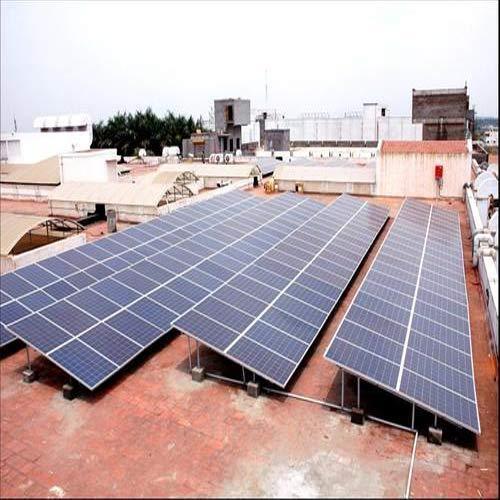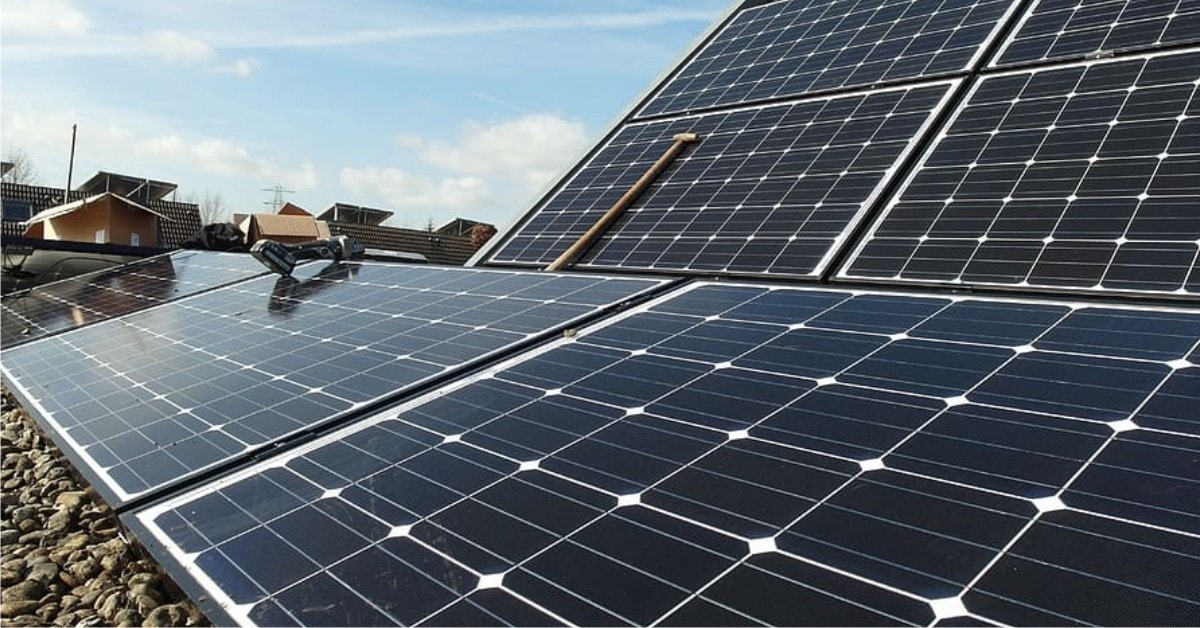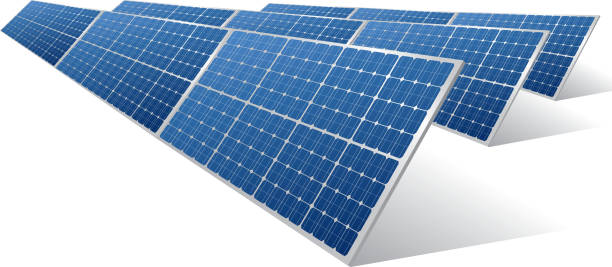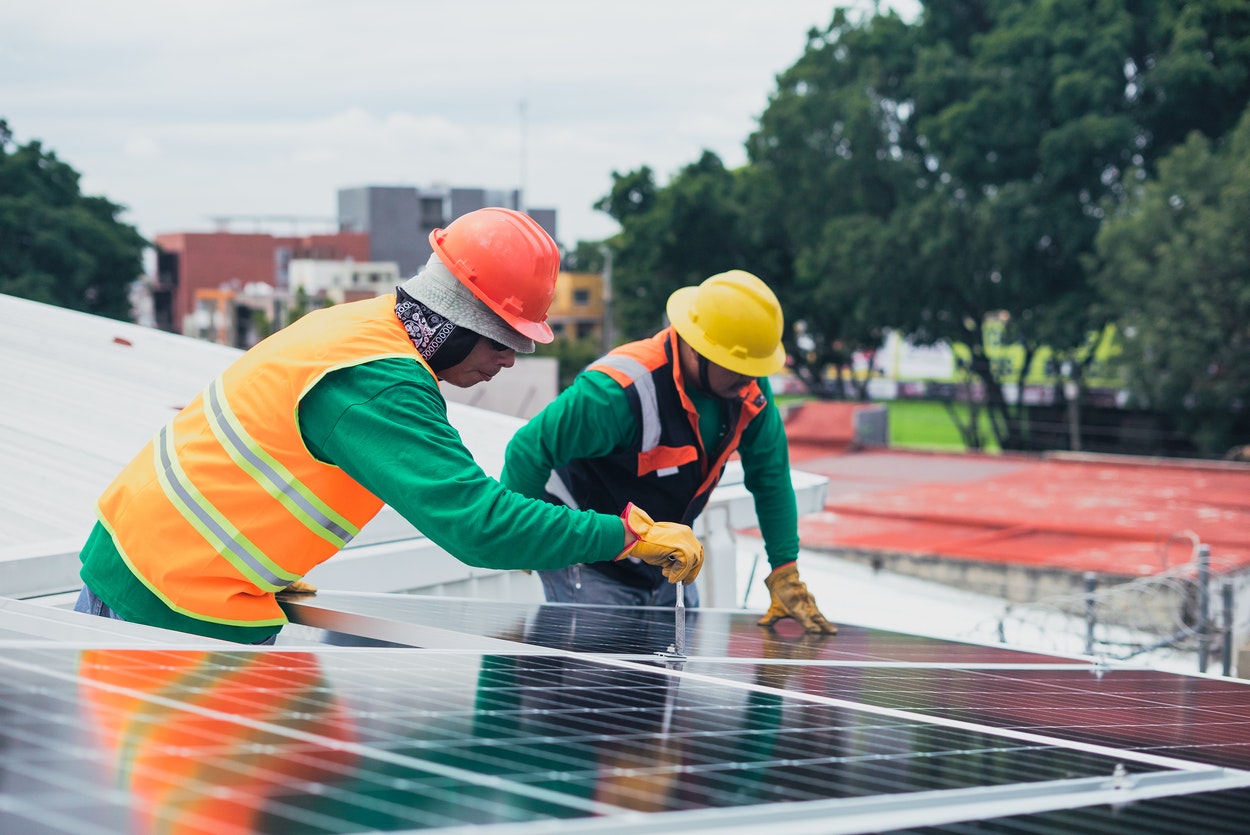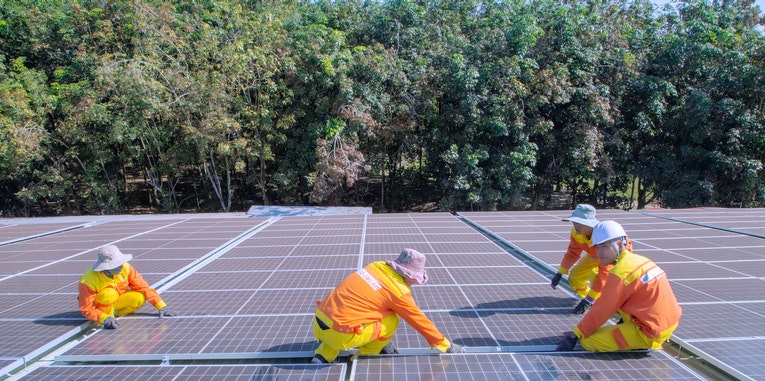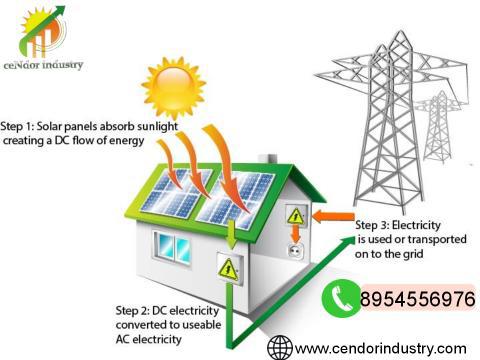
Science of Solar How Does it Work
Solar panels harness the sun's energy to generate usable electricity. At a high level, solar cells absorb incoming sunlight to generate an electrical current through what's known as the "photovoltaic effect." This electrical current is captured by plates and wires and turned into a usable energy current that is sent to your home and appliances. In this article, we'll break down exactly how solar panels produce renewable energy for your home.
Solar panels work due to the Photovoltaic Effect when the sun hits panels made from silicon, generating an electrical charge.
Solar cells are typically made from silicon, which is a semiconductor and can generate electricity through the photovoltaic effect.
Solar inverters convert direct current (DC) electricity produced by solar cells to usable alternating current (AC) electricity.
Other types of solar technology include solar hot water and concentrated solar power – they both use the sun's energy but through a slightly different mechanism than photovoltaics.
See how much solar panels can save by comparing custom quotes on the EnergySage Marketplace.
The photons that reach your solar cells and generate an electric current come from somewhere – the sun. Solar energy is created by the constant nuclear fusion reactions occurring deep within the sun. Nuclear fusion in the sun happens when protons (which are essentially the same as hydrogen atoms) collide and fuse under extreme temperatures and pressure to create helium. This process emits a massive amount of energy (plus more protons), and in the core of the sun, this reaction is constantly happening, producing over 500 million tons of hydrogen atoms every second.
The result? Our sun's core (the hottest part) is about 27 million degrees Fahrenheit and is constantly emitting massive amounts of energy in the form of electromagnetic radiation (EMR). EMR exists in many forms, and the sun produces all types of EMR carried to earth in the form of photons.
The science of how solar panels & solar energy works: Solar cells and the photovoltaic effect
In a nutshell, a solar panel works by generating electricity when particles of sunlight, or photons, knock electrons free from atoms, setting them in motion. This flow of electrons is electricity, and solar panels are designed to capture this flow, turning it into a usable electric current. This process is called the photovoltaic effect and is the foundational chemical and physical process behind the vast majority of solar technology.
The photovoltaic effect: How it works
The science of electricity generation with solar panels all comes down to the photovoltaic effect. First discovered in 1839 by Edmond Becquerel, the photovoltaic effect can be generally thought of as a characteristic of certain materials (known as semiconductors) that allows them to generate an electric current when exposed to sunlight.
The photovoltaic effect works through the following simplified steps:
Sunlight hits the solar cells, energizing electrons in the cells and setting them in motion
The electrons flow out of the junction between cell layers, creating an electrical current
Metal plates and wires capture the flow of electrons and generate electricity
The process of generating solar electricity starts with solar cells, the individual pieces that make a larger solar panel. Solar cells are usually made from the element silicon (atomic #14 on the periodic table). Silicon is a nonmetal semiconductor that can absorb and convert sunlight into electricity - we also use silicon in almost every computer on the planet. There are a few different types of semiconductors typically used in solar cells, and silicon is by far the most common, used in 95 percent of solar cells manufactured today. Cadmium-telluride and copper indium gallium diselenide are the two main semiconductor materials used in thin-film solar panel production.
There are two layers of silicon used in photovoltaic cells, and each one is specially treated, or "doped," to create an electric field at the junction between the layers. This electric field forces loose electrons to flow through the solar cell and out of the silicon junction, generating an electrical current. Phosphorus and boron are commonly used as positive and negative doping agents, respectively, to create the positive and negative sides of a photovoltaic cell.
how-solar-panels-work-electron-flow
Metal plates on the sides of each solar cell collect the electrons pushed out by the electric field and transfer them to connecting wires. At this point, electrons flow as electricity through the wiring to a solar inverter and then throughout your home.
Alternatives to silicon solar cells
While silicon is the most common semiconductor used worldwide in solar panels, there are alternative options used in some new and emerging solar products used around the solar industry.
Thin-film solar cells are a general category of solar cells made from lightweight and/or flexible materials. There are four main chemical types of thin-film solar cells: cadmium telluride (CdTe), amorphous silicon (a-Si), copper indium gallium selenide (CIGS), and gallium arsenide (GaAs). The light-absorbing layers in these types of cells are 350 times smaller than silicon cells, hence the name "thin film."
Organic solar cells are a separate type of thin-film solar cell that uses carbon-based materials as a semiconductor. These types of organic photovoltaics (OPV) are also sometimes referred to as "plastic solar cells" or "polymer solar cells" and are produced by dissolving organic compounds in ink and printing them onto thin plastics.
Perovskite solar cells are a third class of thin-film solar cells built out of perovskites, a class of man-made materials with a unique crystallographic structure that makes them highly efficient at converting photons of light into usable electricity. Perovskite cells are built using "solution processing," which is the same technique used to print newspapers.
Other essential solar panel parts
Aside from their solar cells, a typical solar module includes a few essential parts:
Panels have a glass casing that offers durability and protection for silicon PV cells. Under the glass exterior, solar panels have an insulation layer and a back sheet, which protects against heat dissipation and humidity inside the panel. This insulation is important because increases in temperature lead to a decrease in efficiency, resulting in lower solar panel performance. Solar panels have an anti-reflective coating that increases sunlight absorption and gives the cells maximum sunlight exposure.
When it comes to silicon solar cells, there are generally two cell formations produced: monocrystalline and polycrystalline. Monocrystalline cells are made up of a single silicon crystal, whereas polycrystalline cells are made up of fragments of silicon. Monocrystalline formats provide more room for electrons to move around and thus offer a higher efficiency solar technology than polycrystalline, though they are typically more expensive.
CONTACT US FOR SOLAR PLANT INSTALLATION






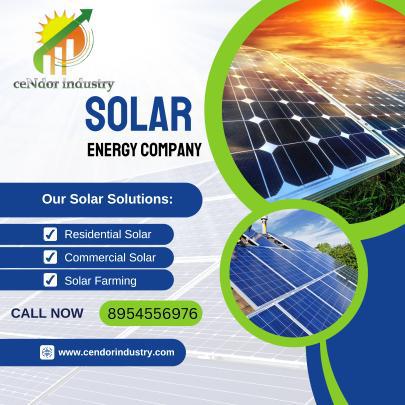

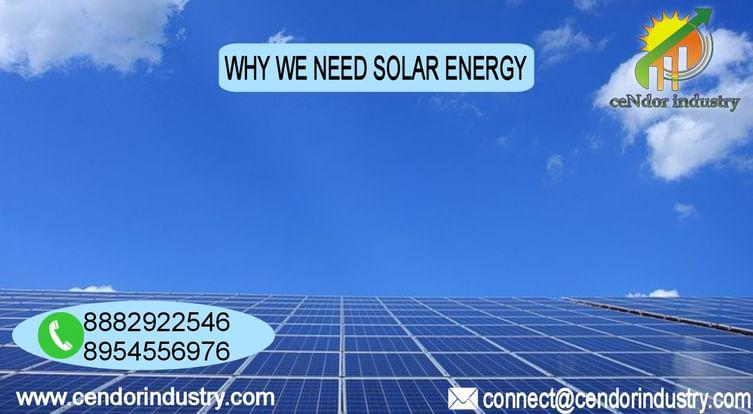
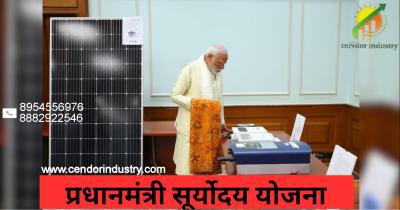
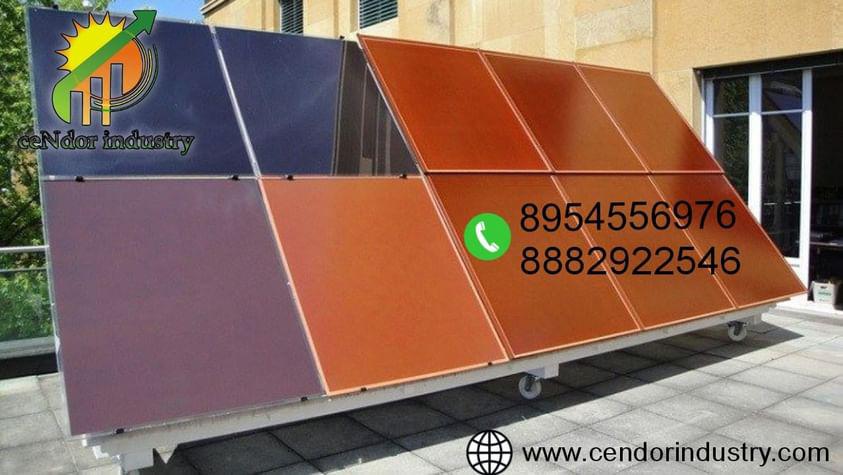
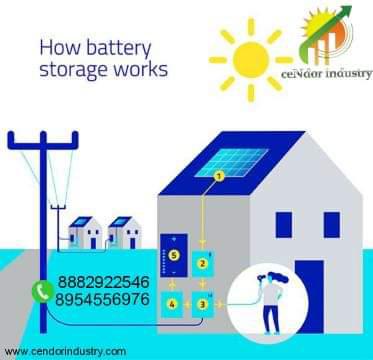
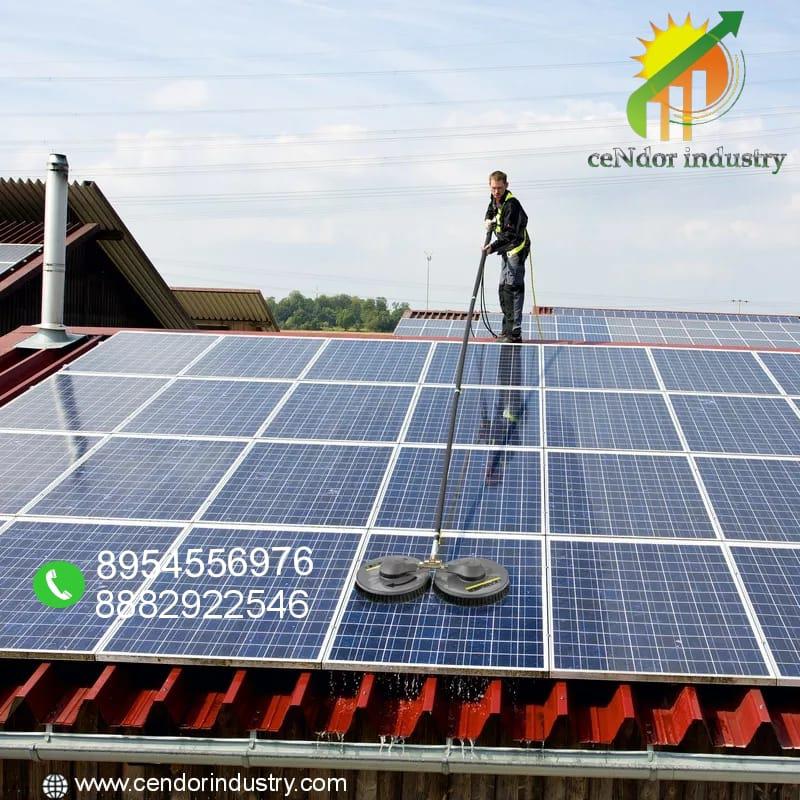
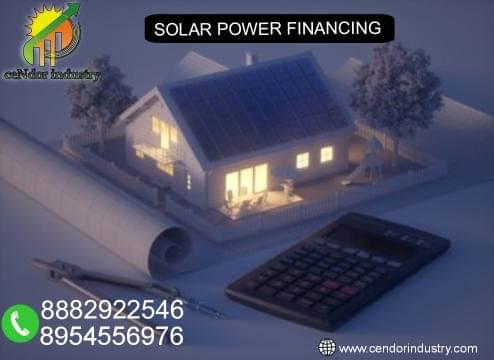
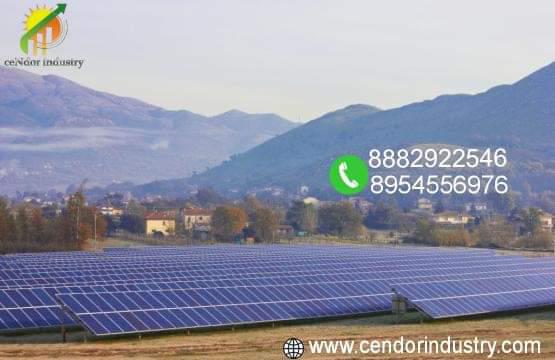

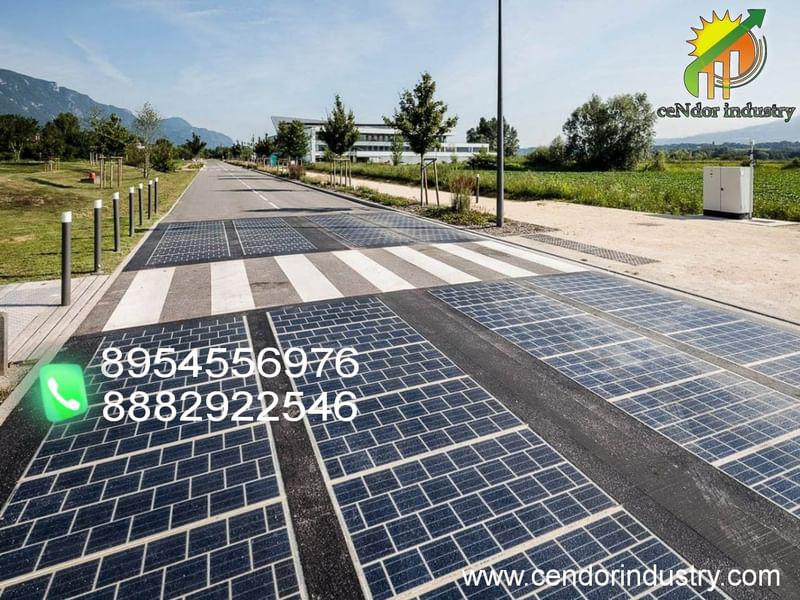

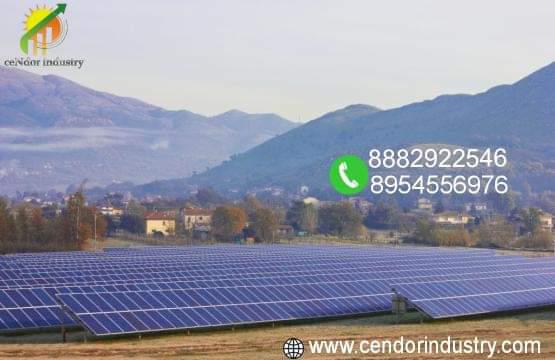
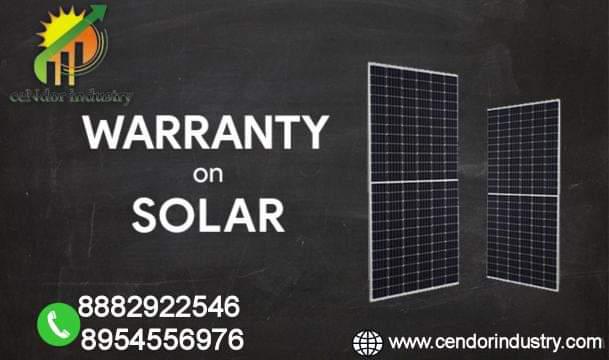
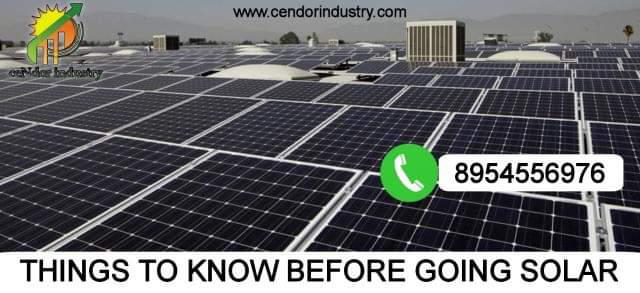
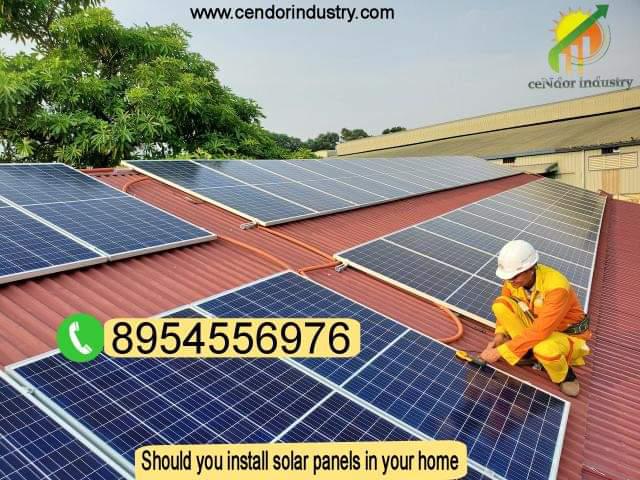
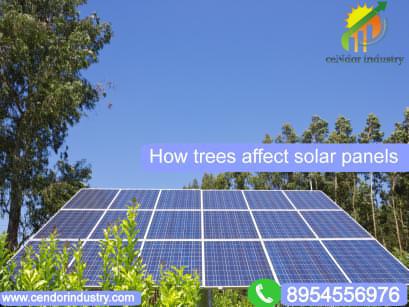
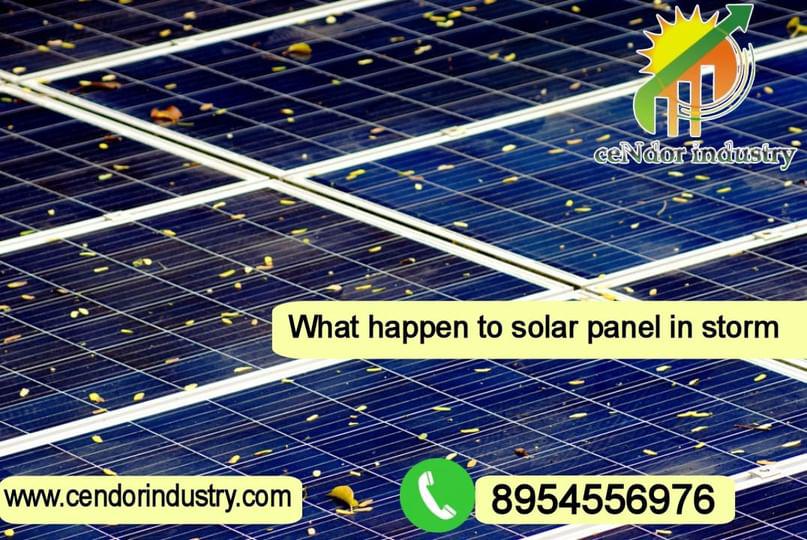
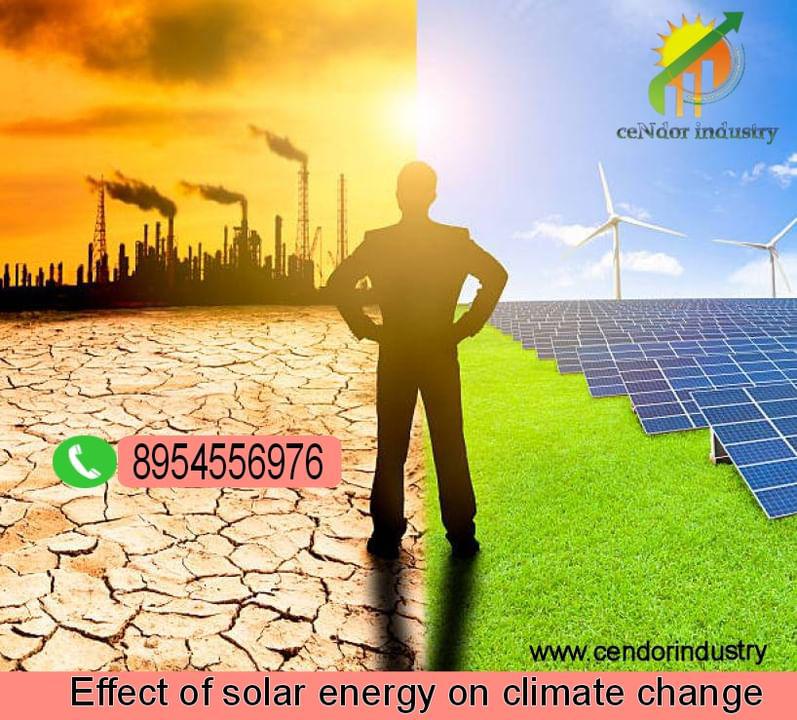

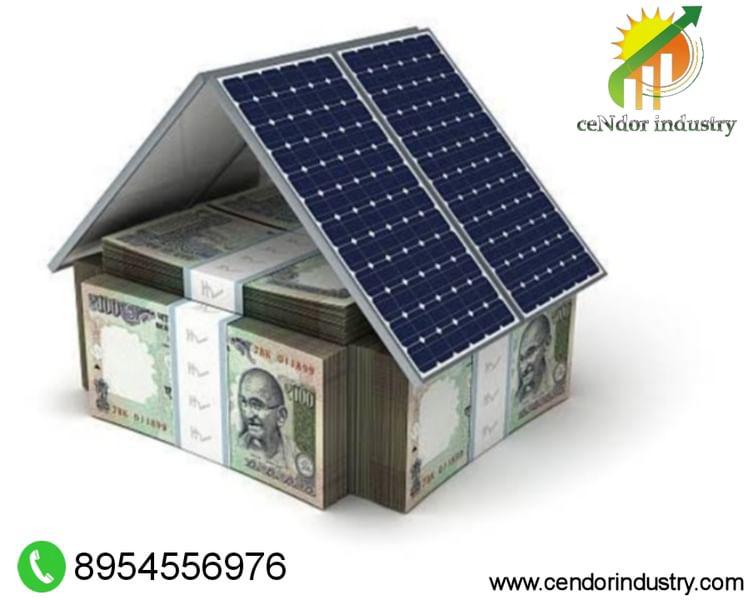
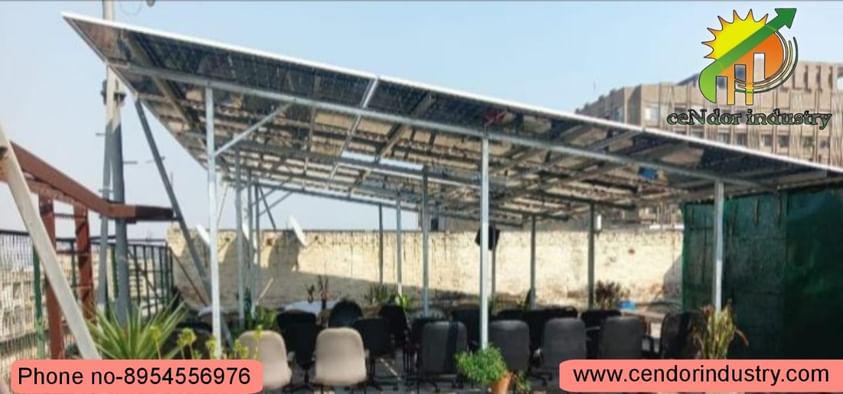
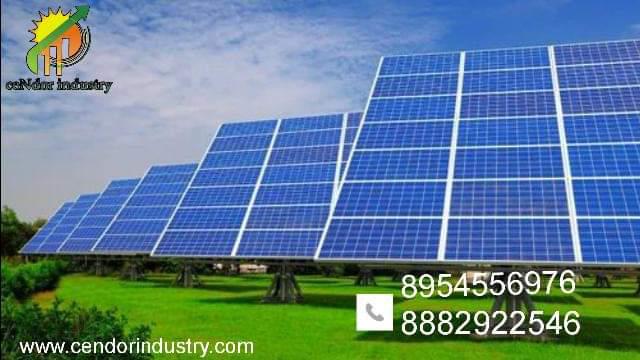
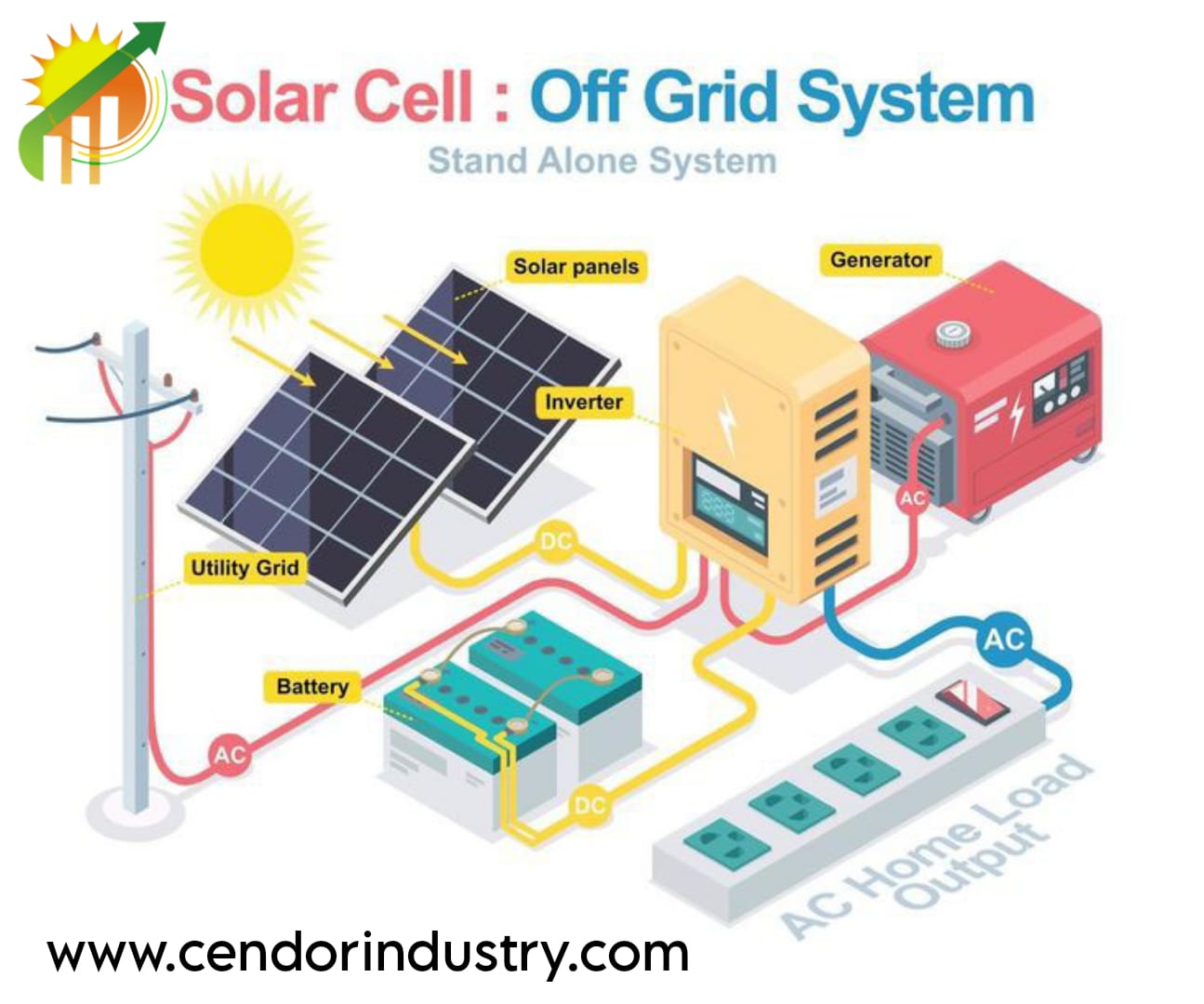
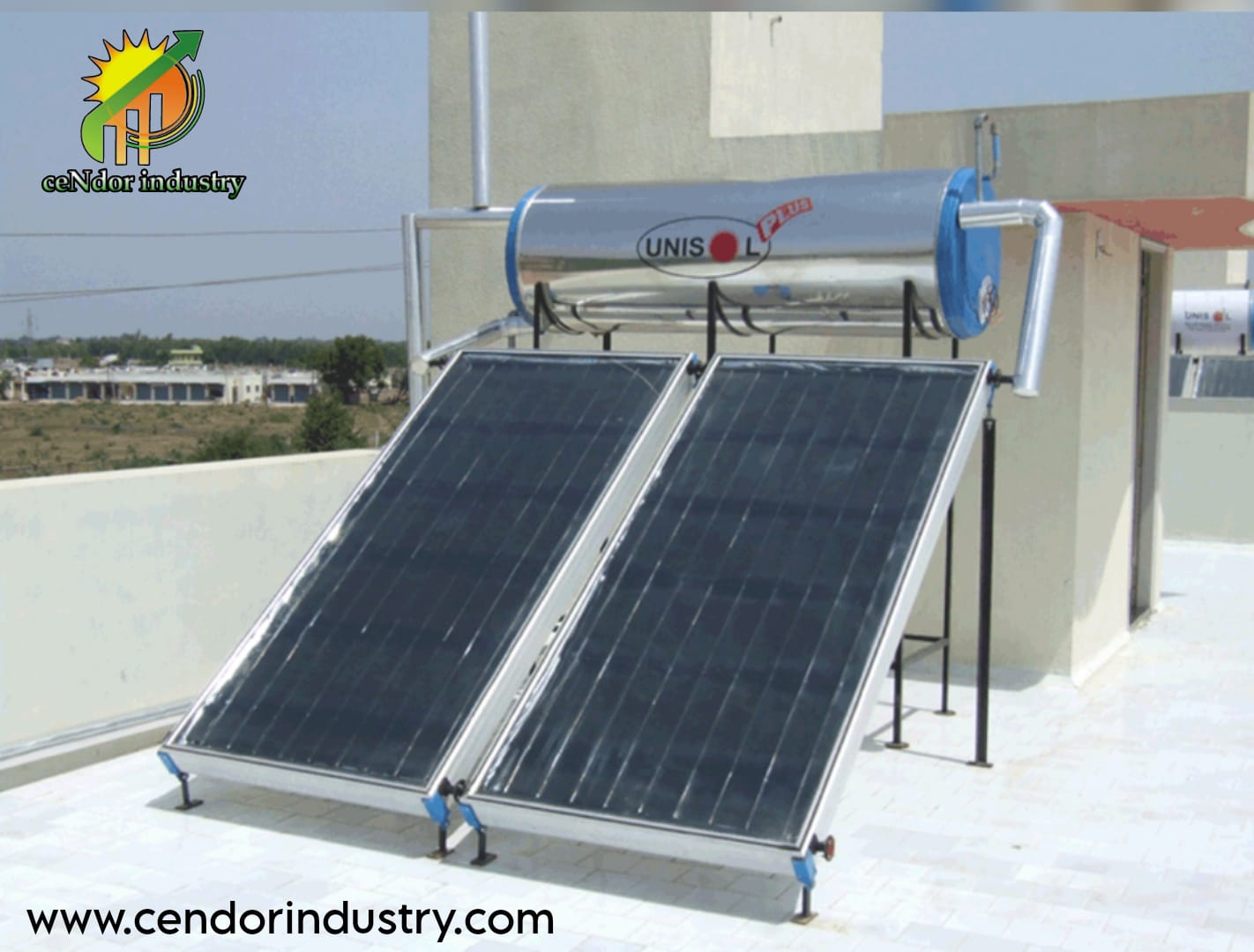


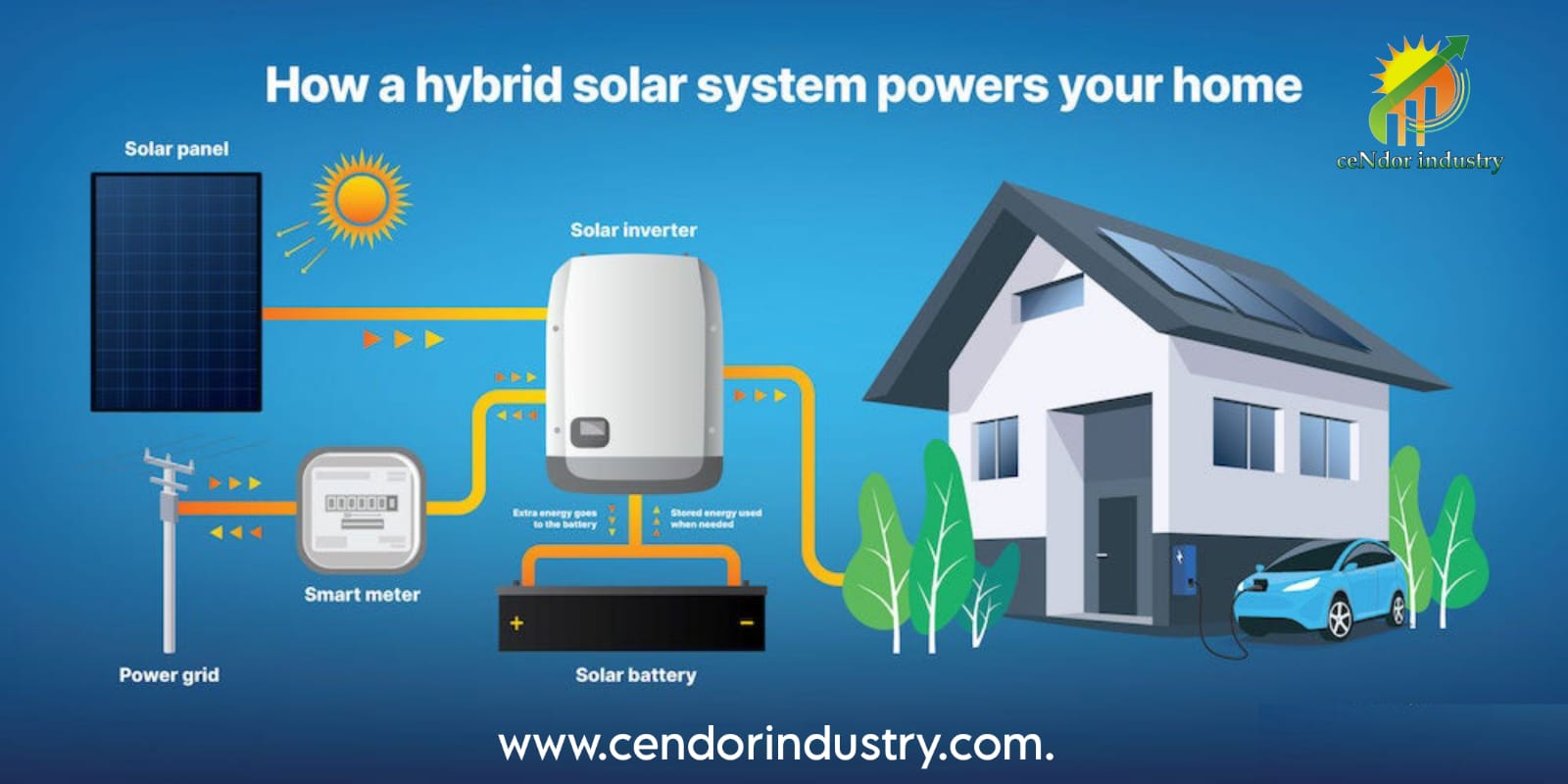
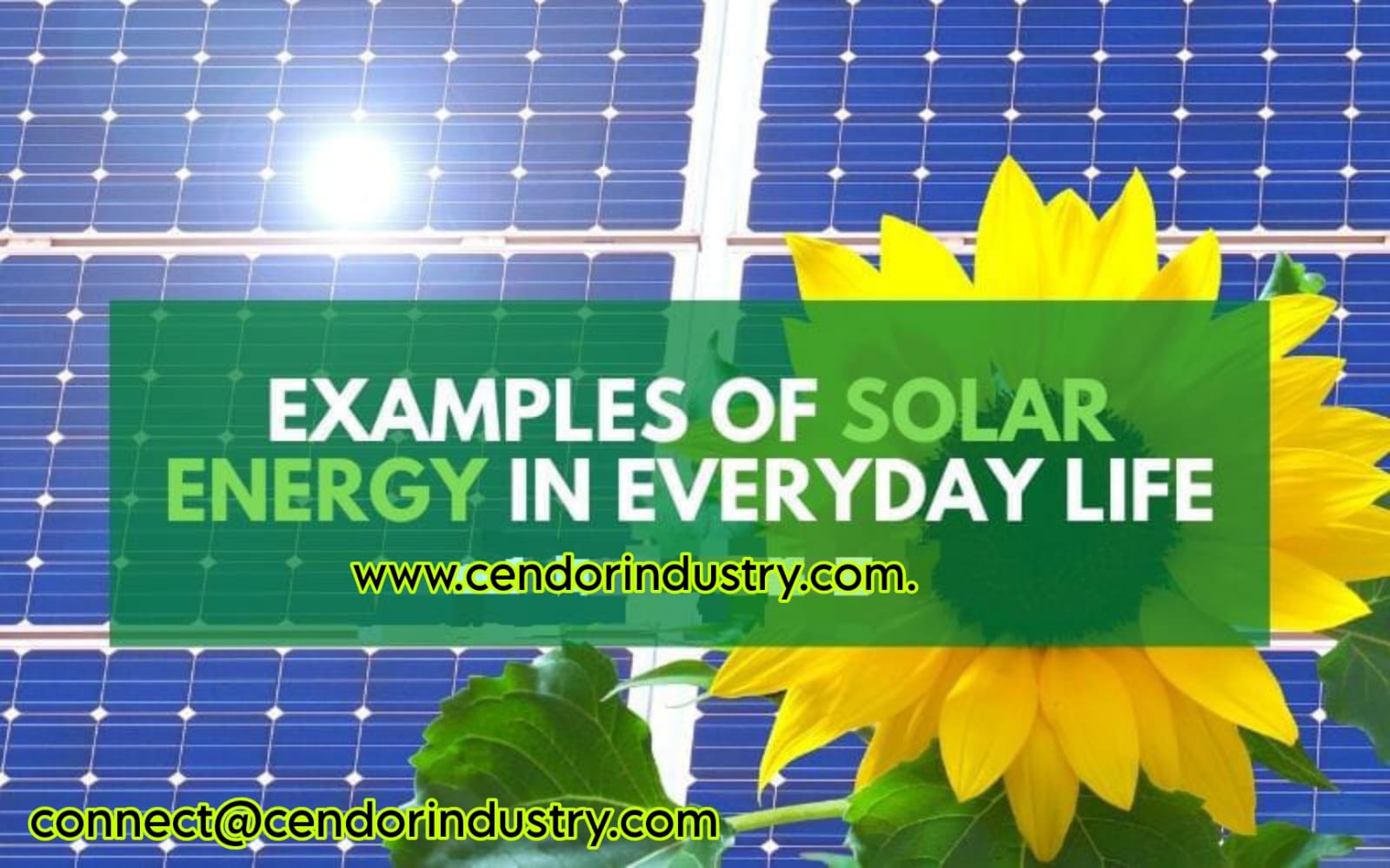
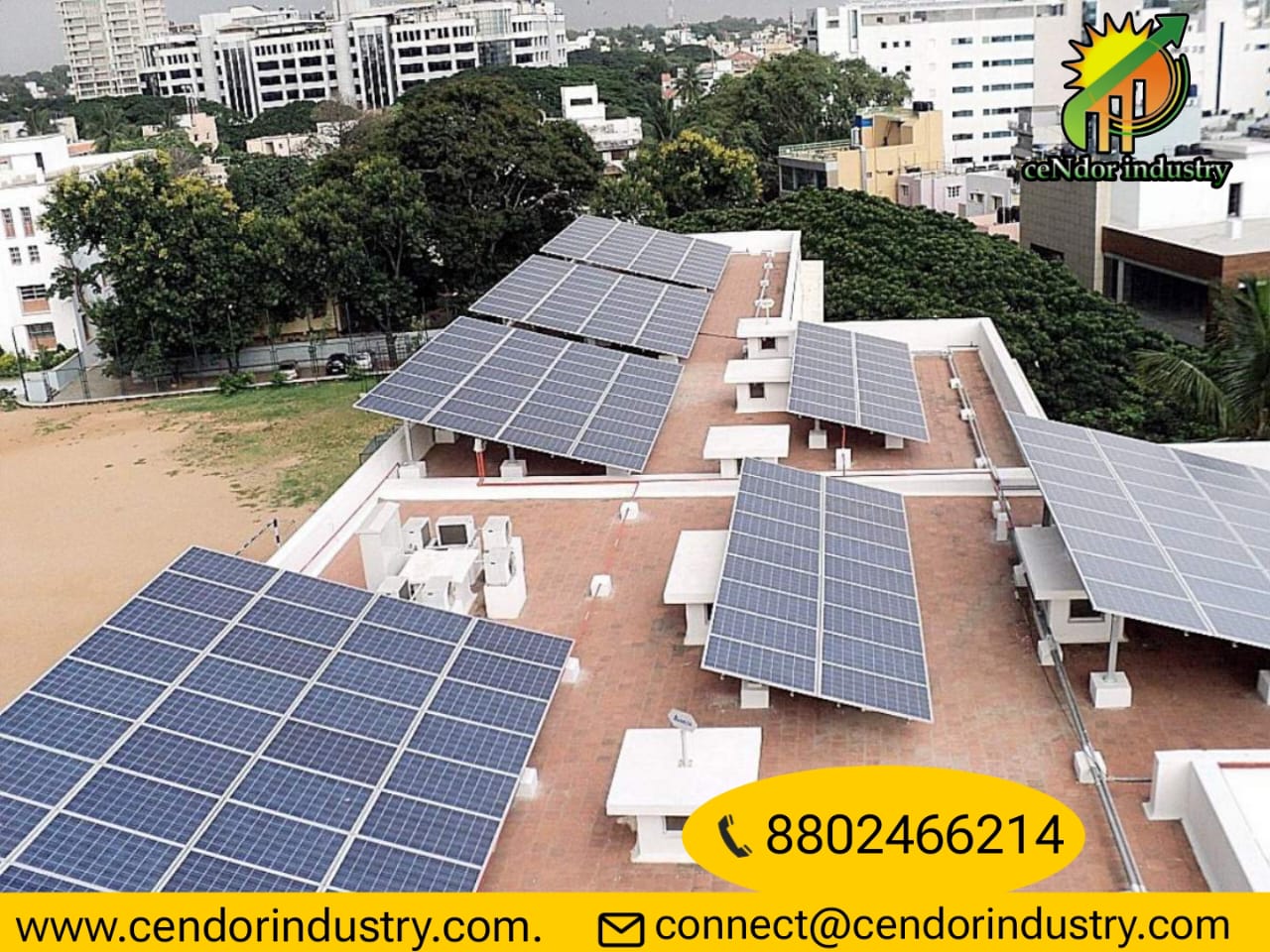

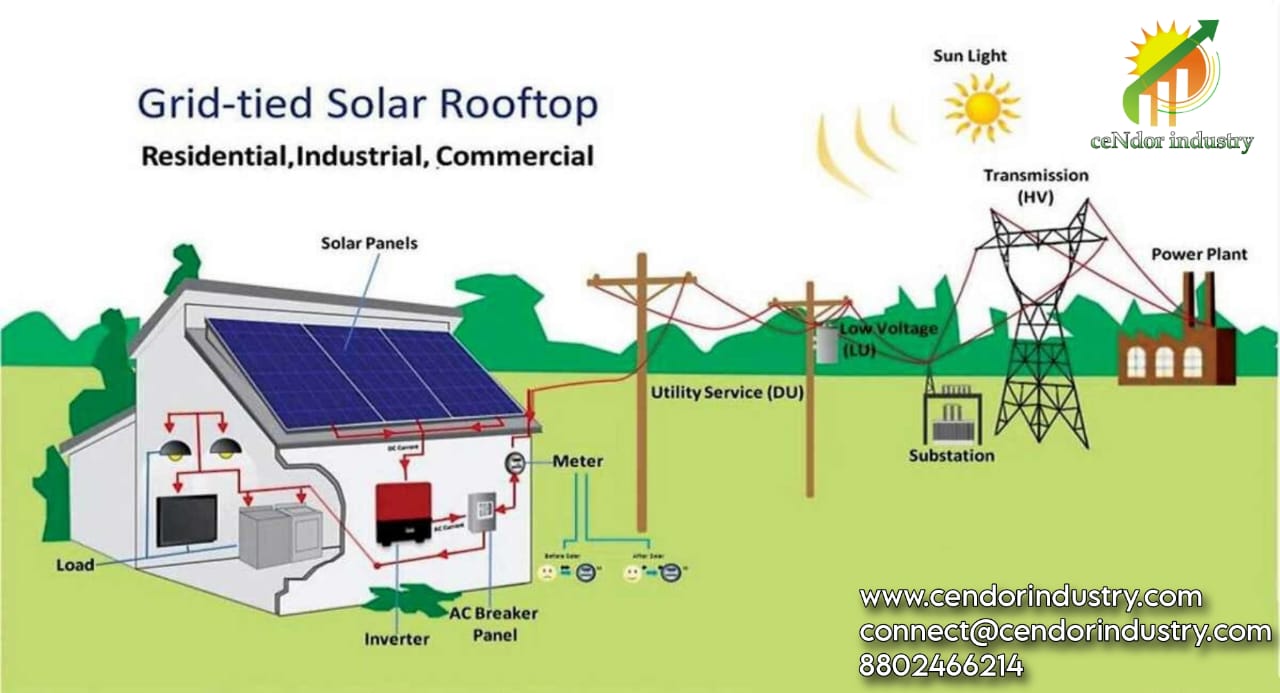



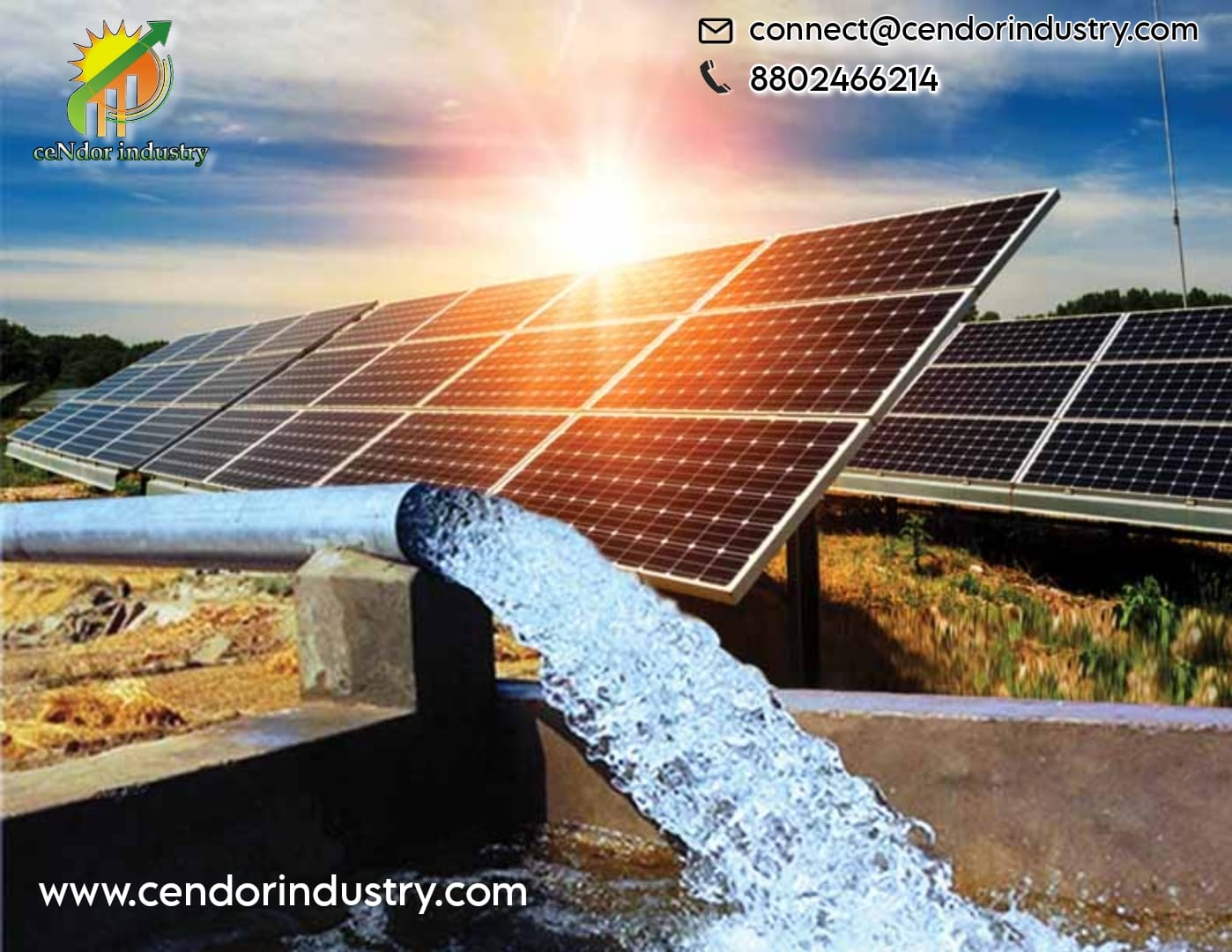


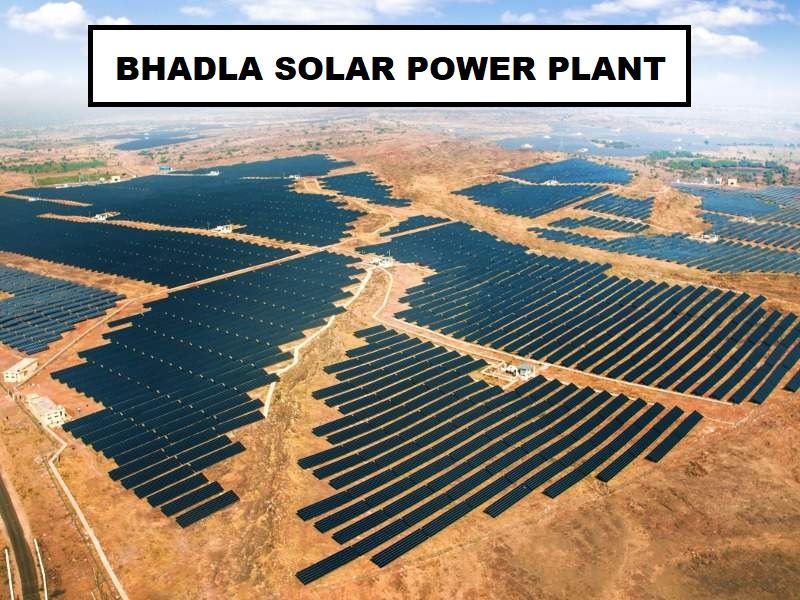
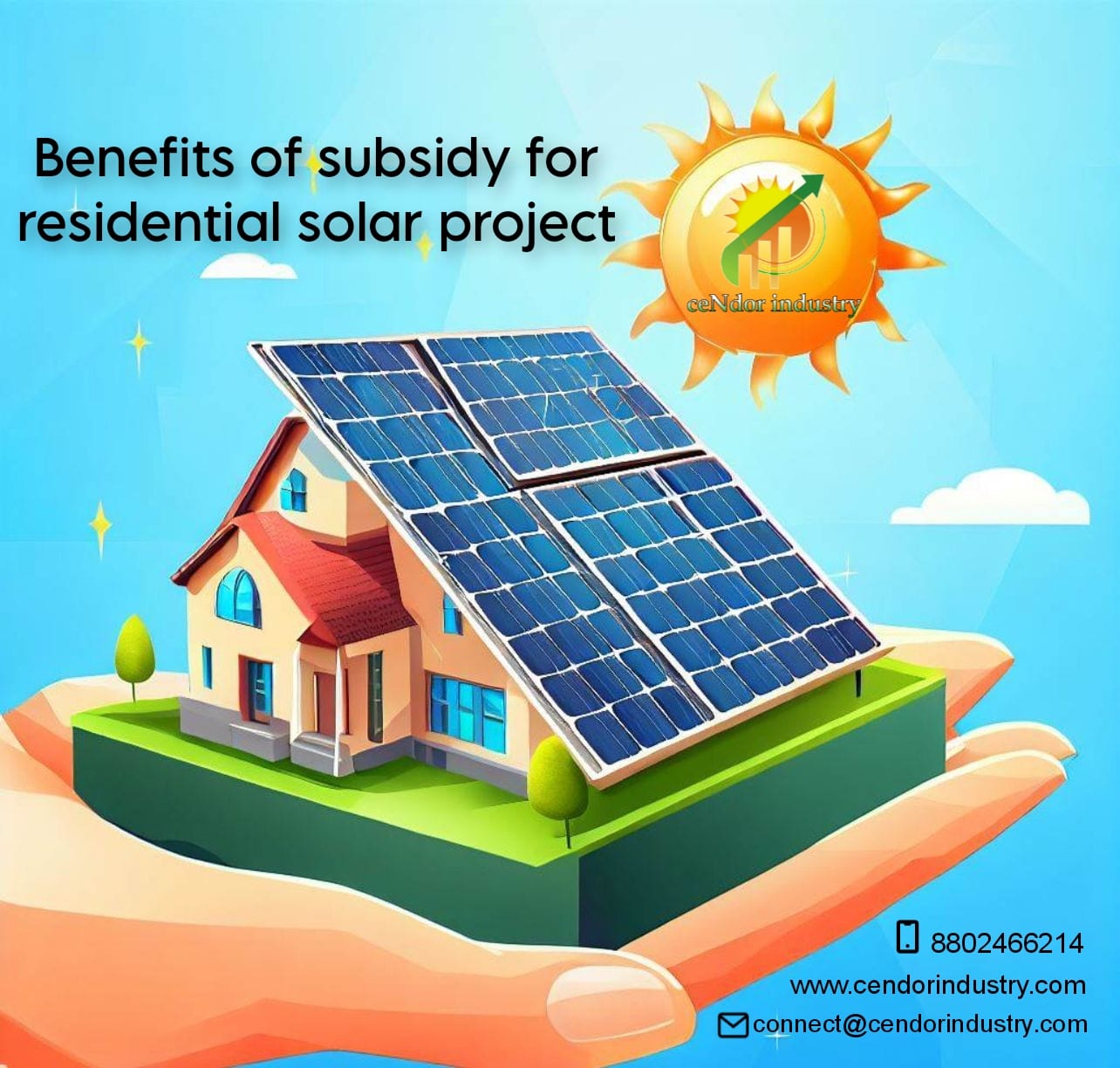
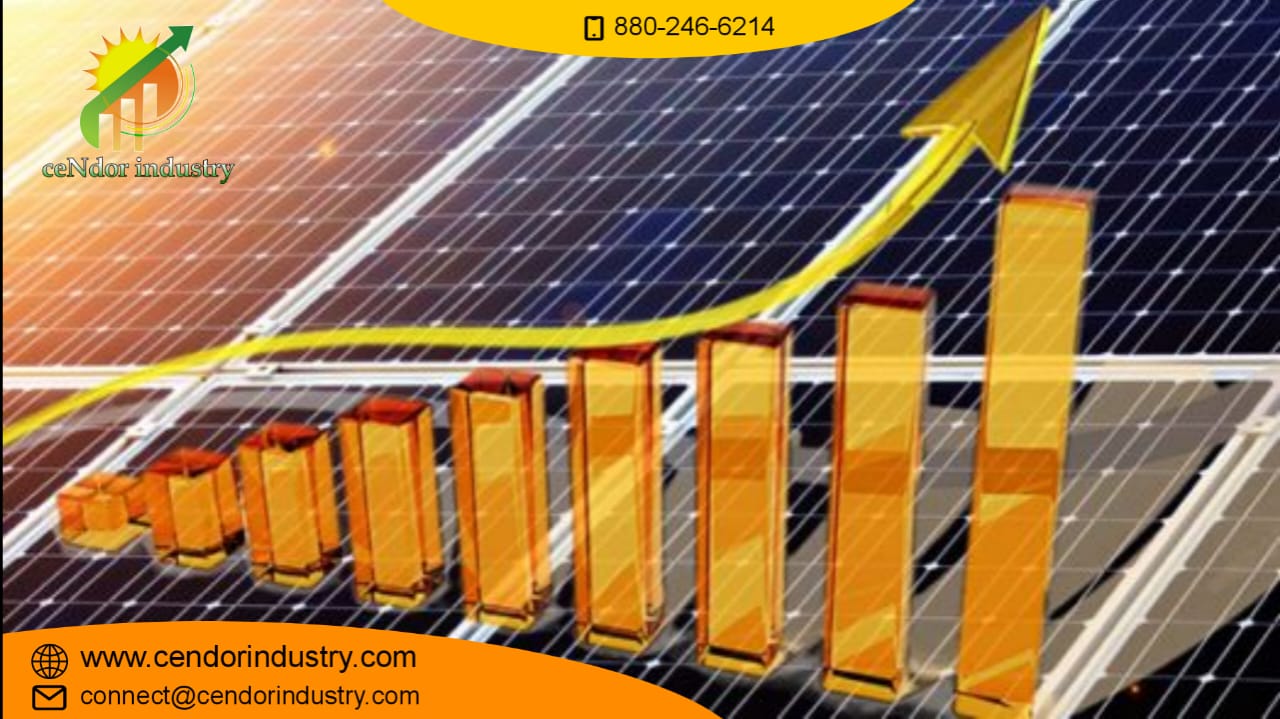


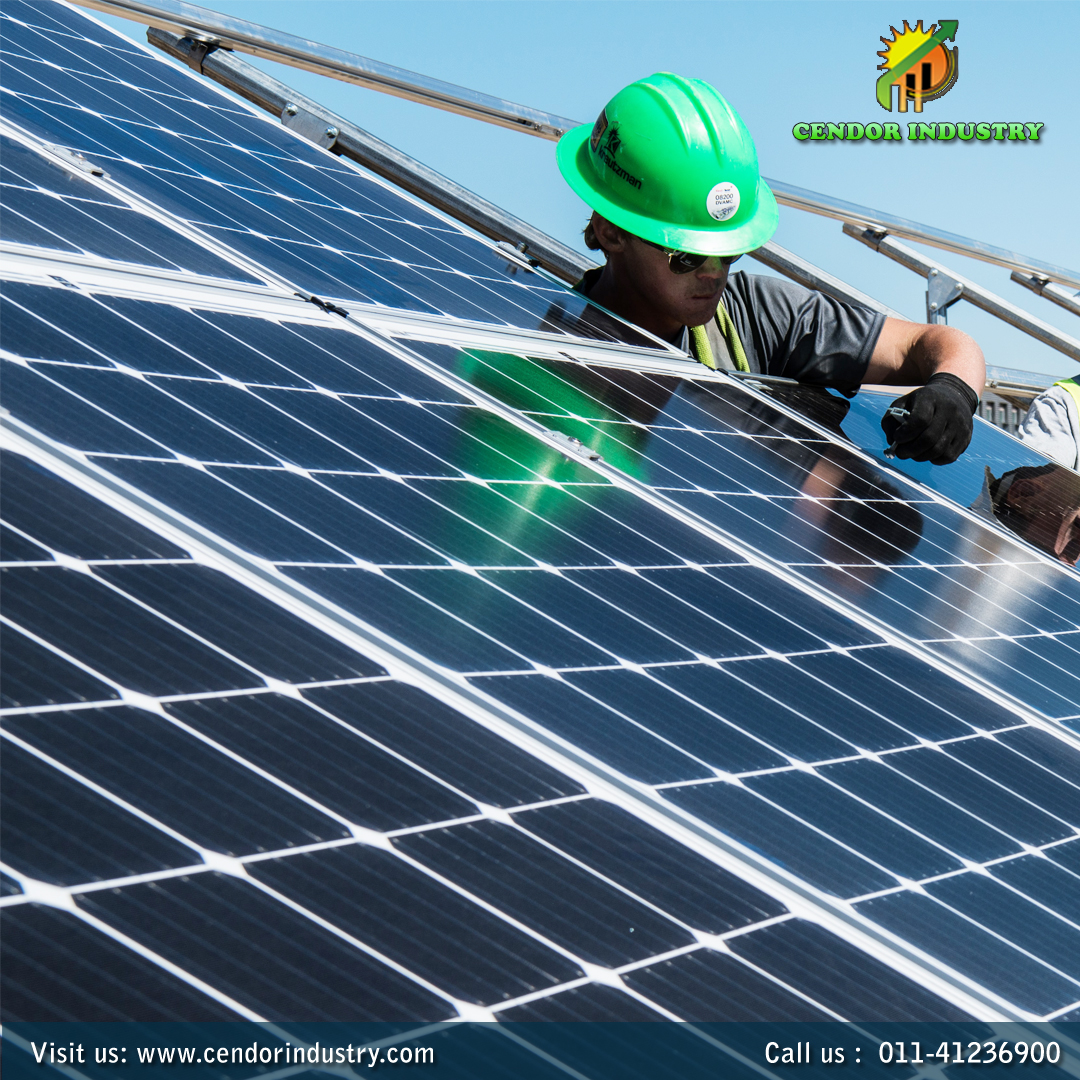

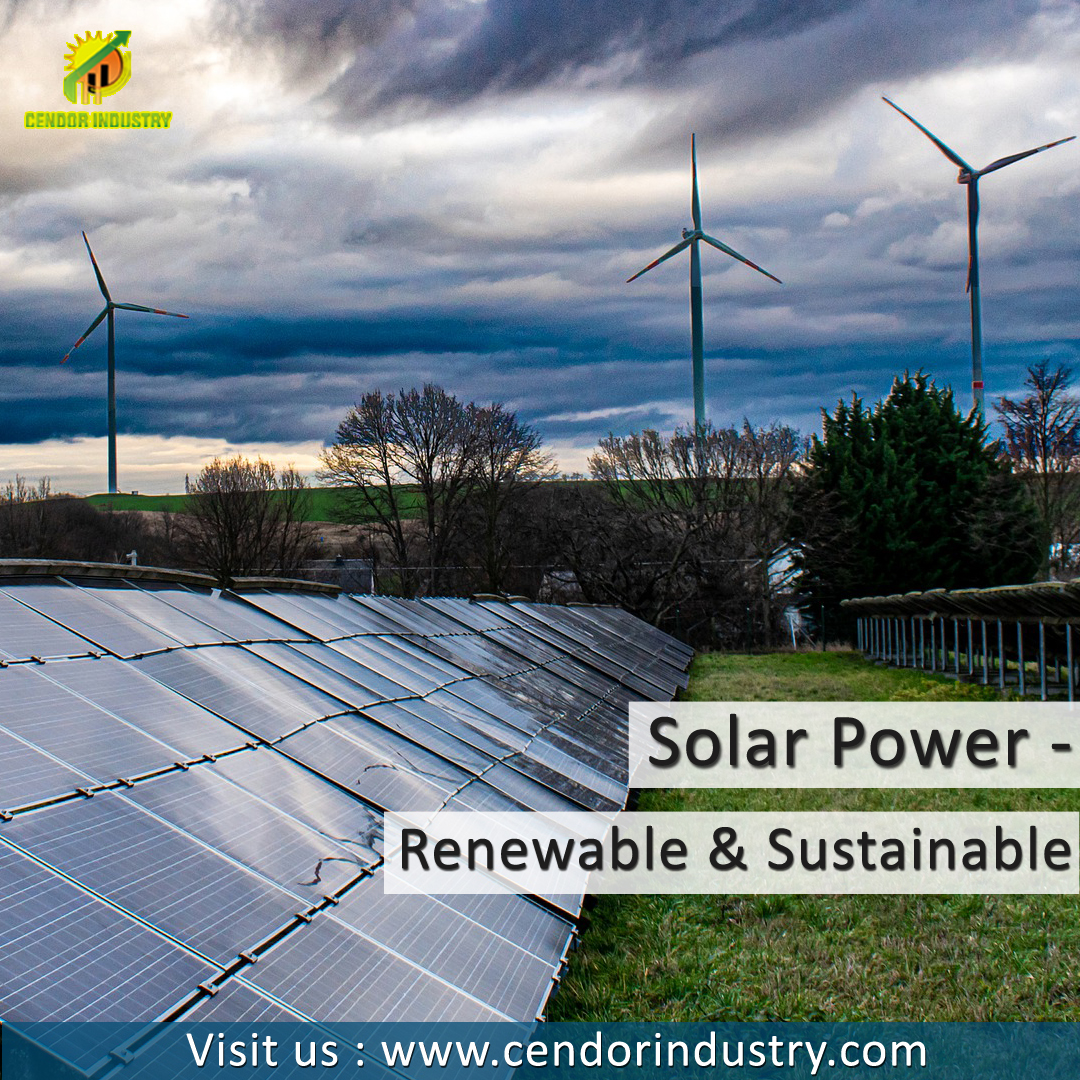
_and_DC_Mode_(Cendor))1.jpg)
